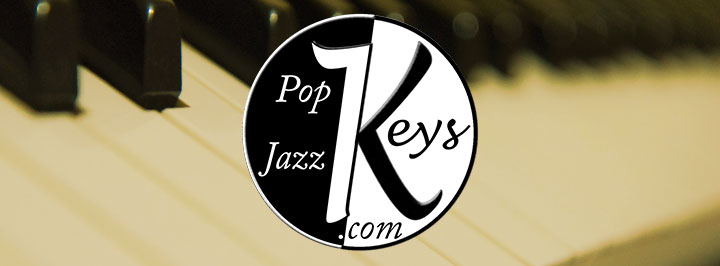Oscar Peterson and his love for Arpeggios Arpeggios are a huge part of Oscar Peterson’s improvisations. It is one of those devices he borrows from classical music piano literature that allows him to expose his incredible technique. Oscar played a lot of classical music as a child, and took also classical piano lessons. So it
March 26, 2024
